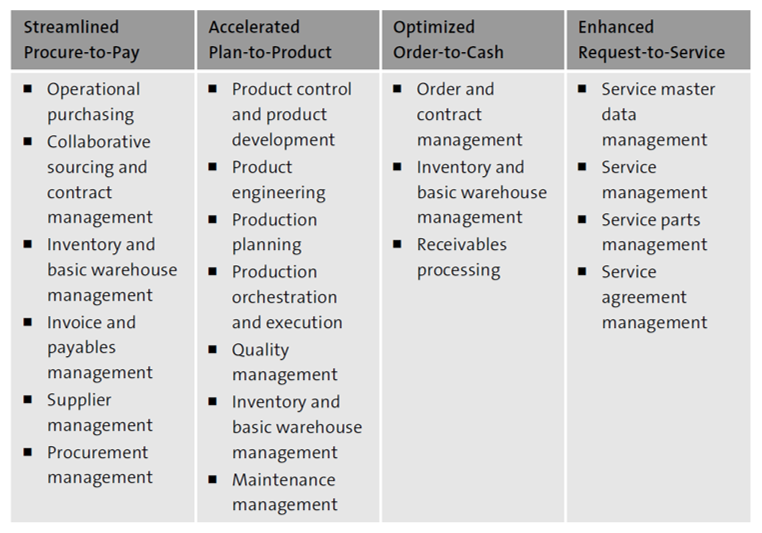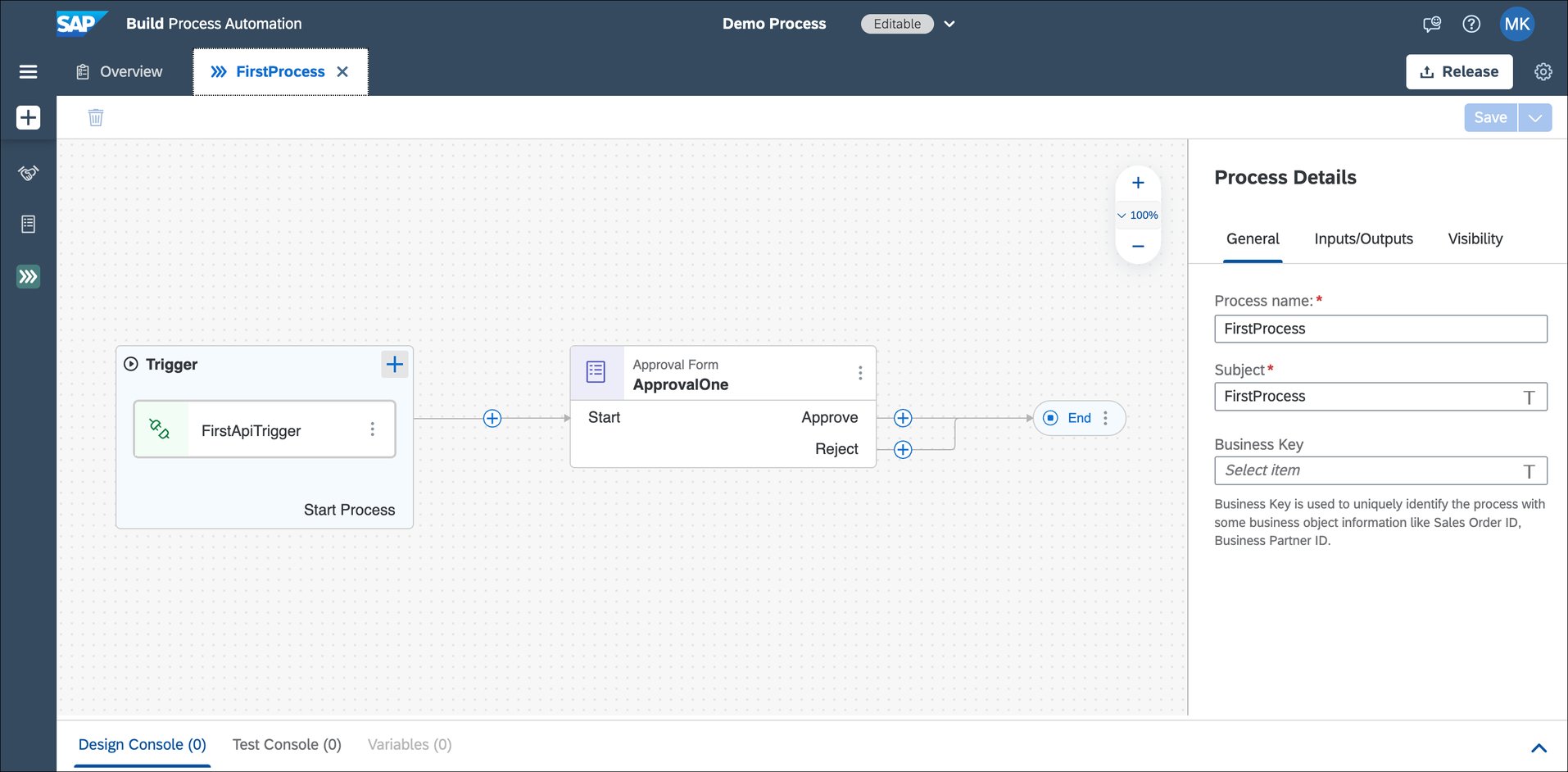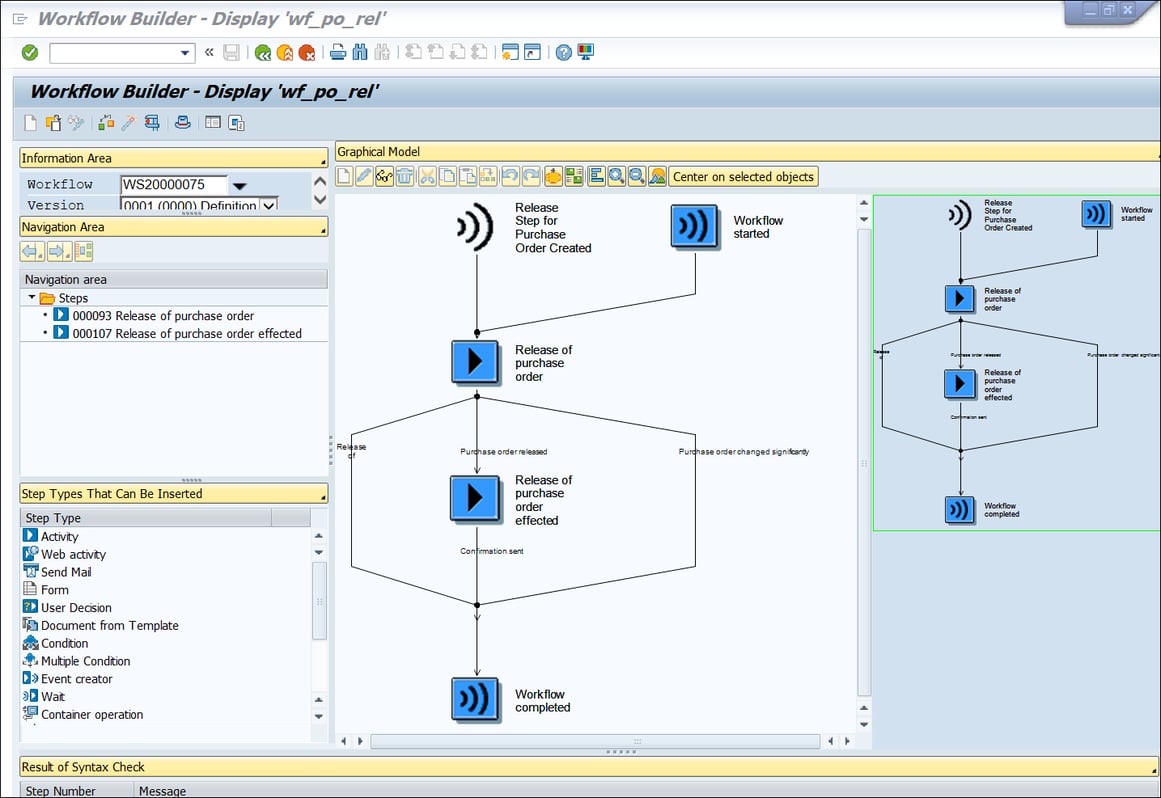.png)
.png)
SAP S/4HANA Logistics is the unofficial name for the collection of supply chain management lines of business (LoBs) that run on the SAP HANA platform. Sometimes referred to as “Logistics with SAP S/4HANA” and “SAP Simple Logistics,” it was built to run on SAP HANA and utilizes the SAP Fiori user interface.
SAP S/4HANA Logistics was first released in 2016. This name was dropped in 2017 for two main reasons. The first, SAP was beginning its pivot away from the “Run Simple” motto, which didn’t convey the nuance of some complex business processes. The second, SAP was adding additional functionality to its fledgling SAP S/4HANA portfolio—logistics capabilities joined the financial innovations SAP S/4HANA Finance had brought since 2014.
The collection of modules that make up the SAP S/4HANA Logistics LoBs contain solutions previously found in the SAP ERP or SAP ECC. This was done purposefully by SAP to better distribute functionality and place similar processes together.
SAP S/4HANA Logistics receives major yearly updates. As of 2019, its latest features include predictive materials planning, automated Kanban, and integration with SAP CoPilot.
Central to the SAP S/4HANA logistics solution are the process and reporting improvements available via SAP HANA’s in-memory architecture; SAP says reporting times in SAP S/4HANA are 1800x faster than SAP ERP. Many reports and tasks, like the Resource Scheduling for Maintenance Planners and Maintenance Scheduling Board, can be run with SAP Fiori applications designed with the end-user in mind.
Another innovation in SAP S/4HANA is the way available functionalities have been grouped in value maps instead of modules, as in the traditional SAP Business Suite. For example, the streamlined procure-to-pay value map shown in the table below consists of cross-functional technology offerings that were once mapped to multiple SAP Business Suite modules in SAP ERP.

This change of streamlined functionality means that existing module naming conventions found in SAP ERP are no longer applicable. In the legacy suite, users would routinely utilize modules such as Materials Management, Warehouse Management, Plant Maintenance, etc. to complete their tasks.
With SAP S/4HANA’s value maps, these modules have been replaced by SAP with four complementary functional LoBs that fall under the broader umbrella term “SAP S/4HANA Logistics:”
For each LoB, SAP offers functionality that is part of the SAP S/4HANA “core” and supplements it with add-on products.
Add-ons come in various flavors; some are embedded and can be activated on the same database, and others run on a separate platform but have standard integrations with the core SAP S/4HANA. Licensing fees may apply in both cases.
The first step in the supply chain is, of course, getting the materials that are needed to fulfill orders. In the Sourcing and Procurement LoB, SAP assists users in identifying and acquiring materials through extended procurement, operational purchasing, contract and supplier management, and more.

Solutions such as SAP Ariba and SAP Fieldglass are considered part of the Sourcing and Procurement LoB.
Once materials have been bought and delivered, they need to be turned into finished goods. In the Manufacturing LoB, SAP assists users in product creation through responsive manufacturing, production operations, scheduling and delivery planning, quality management, and more.

Legacy processes such as manufacturing extension SAP Manufacturing Integration and Intelligence (SAP MII), quality and quality issue management, and production planning and control are considered part of the Manufacturing LoB.
Perhaps the most inclusive of the four LoBs, the Supply Chain LoB assists users in overall business planning, as well as storing and dispatching products when purchased. It covers processes including production planning, batch traceability, warehousing, and inventory management.
Solutions such as SAP Integrated Business Planning (SAP IBP), SAP Extended Warehouse Management, and SAP Transportation Management are considered part of the Supply Chain LoB.
It’s not just products that need to be taken care of—product-based businesses own manufacturing assets such as machines, buildings, and various tools. In the Asset Management LoB, SAP assists users in taking care of those in-house items from a maintenance perspective.
Maintenance management solutions such as SAP Enterprise Asset Management (SAP EAM), and EHS monitoring and reporting tools are considered part of the Asset Management LoB.
There are multiple avenues through which SAP S/4HANA logistics can be deployed. Here’s a brief overview of each.
An on-premise deployment encompasses traditional in-house IT infrastructure models. This deployment model describes an instance of SAP S/4HANA logistics that is physically hosted on company property.
There are three cloud options for SAP S/4HANA logistics deployment, all of which involve the use of external cloud integration.
SAP S/4HANA receives multiple updates a year. Cloud-deployed instances will receive quarterly updates, while on-premise deployments are updated once a year, usually in September.
The naming conventions for SAP S/4HANA releases follows this four-digit format: year/month. For example, the 1909 release of SAP S/4HANA refers to the release that came out in the year 2019 (19), month of September (09).
In addition to the information laid out above, there are a handful of important SAP S/4HANA logistics terms you should also know:
Eager to learn more about SAP S/4HANA logistics? These blog posts, books, and videos can help, as well as this SAP logistics learning journey.
Learn more SAP from our official Learning Center.
And to continue learning even more about SAP S/4HANA logistics, sign up for our weekly blog recap here: